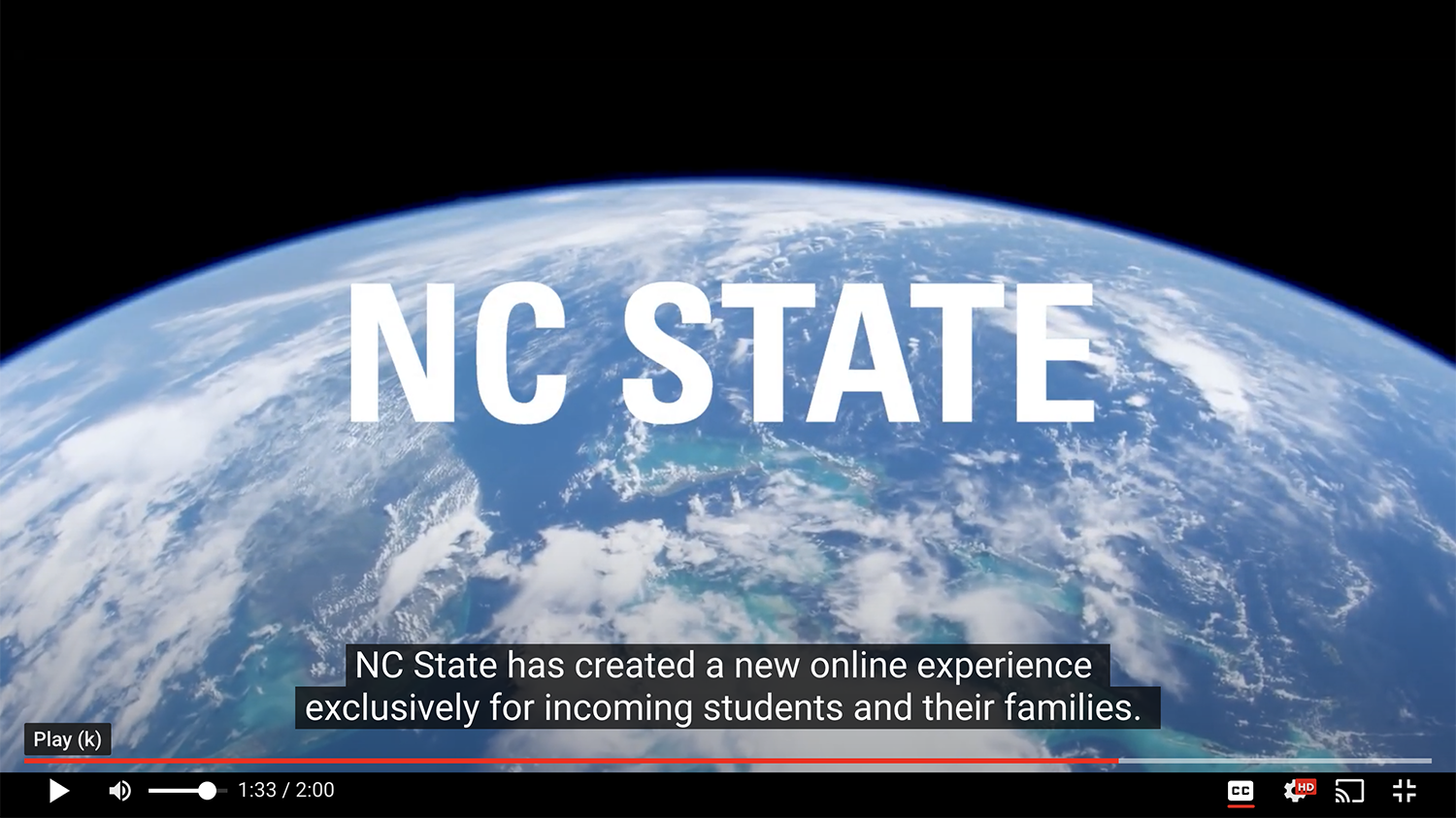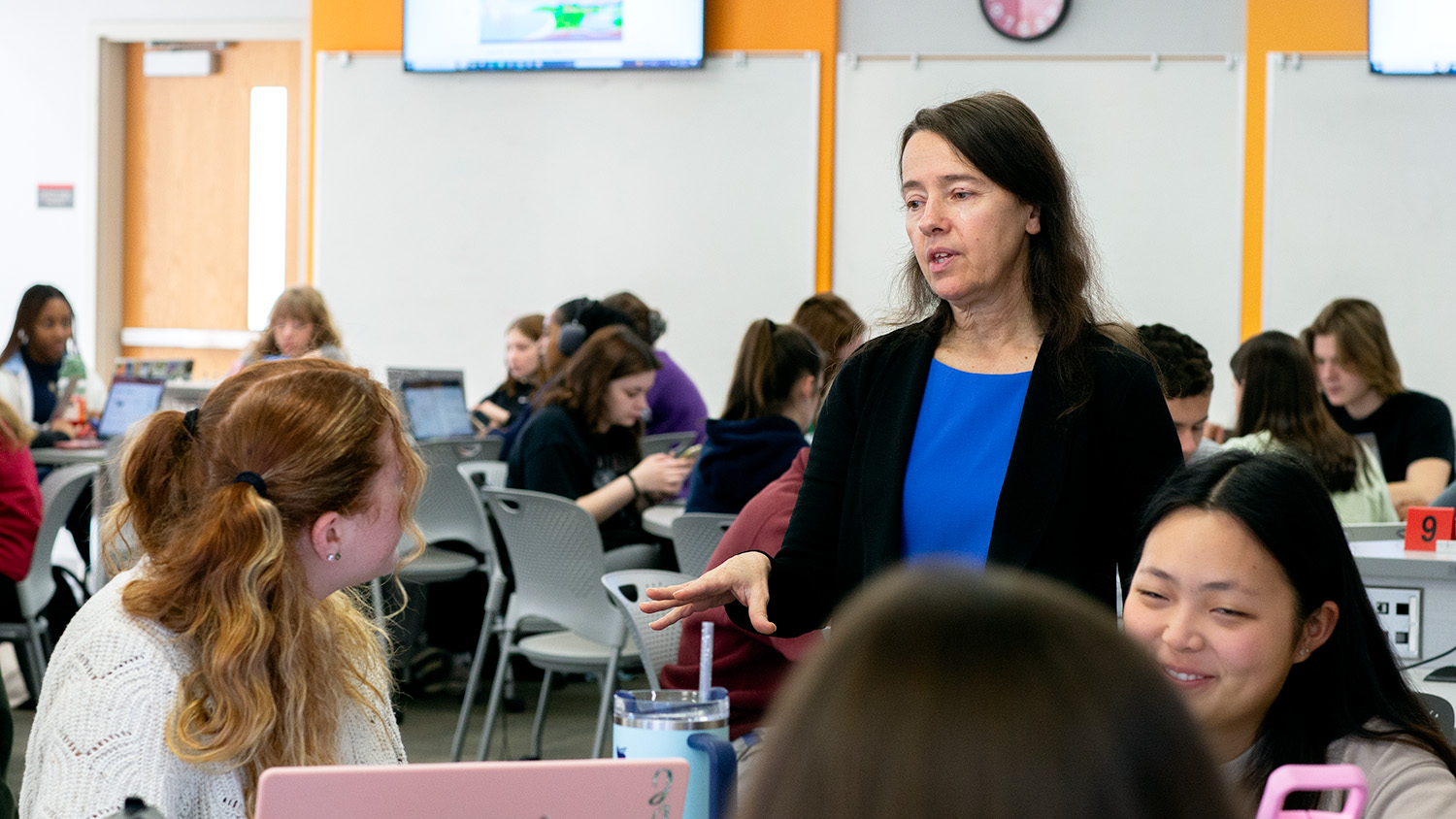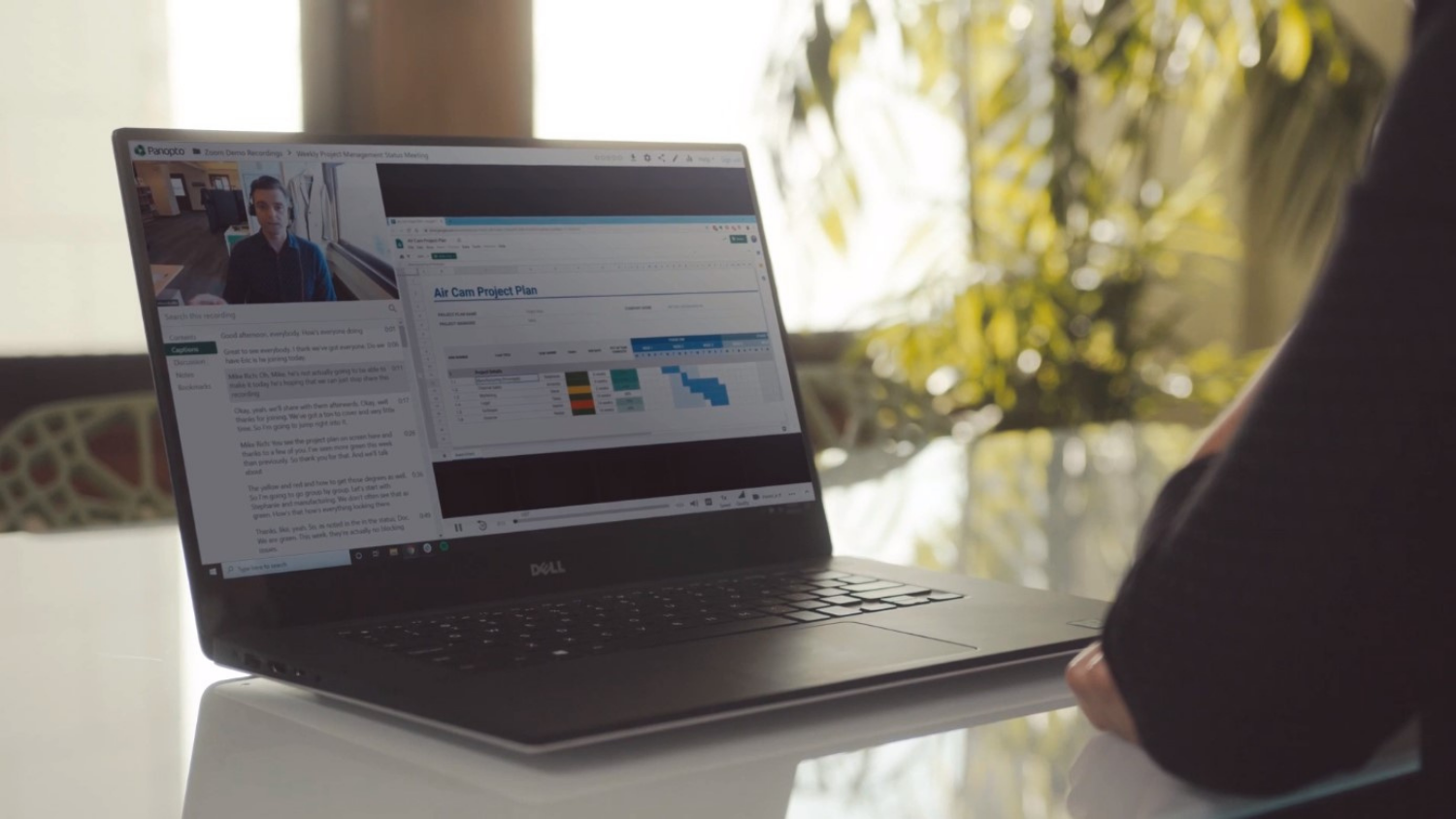Closed Captioning: Not Just a Tool, a Legal Requirement

Authors: Jill Anderson, Jonathan Champ, Caitlin McKeown, Rebecca Sitton, David Tredwell, Helen Velk
As instructors, student success is our top priority. Naturally, making course content accessible for all students is essential. Closed captioning at a minimum of 98% accuracy is required for students with documented disabilities. In addition, video content for all students has been required due to COVID-19 protocols over the past two years. Why not save time in the long run by using the steps below to create captions as you create content?
Computer-generated captions (the words that appear on the screen synchronously with spoken word) and transcripts (a text document of spoken word) are currently not guaranteed at the 98% accuracy level. So, understanding your audiences is key in determining the appropriate captioning strategy. By determining your answers to the following questions, you can find the most effective path:
- Am I required to provide closed captioning?
- What level of accuracy do I need for my closed captions?
- How can I best meet the requirements?
I Have a Student Registered With the Disability Resources Office Requiring the Accommodation of Captioning
In this situation, you are required by law to provide closed captions for all videos in your course. The following guidelines are of the highest priority for captioning and require the highest standard for accuracy as well as immediacy. If you follow the guidelines below, your captions will fulfill any of the other situations covered in this article.
Requirement: This is an urgent situation, as you must provide fully accessible content to any students with disabilities at the same time as they are provided to the entire student roster. Check with the Disability Resources Office for more help with your specific situation, and view their resources about captioned multimedia.
Accuracy: Closed captioning must be at least 98% accurate for this audience to ensure equity. Since computer-generated captions cannot (at this time) guarantee 98% accuracy, captions must be human-generated or human-corrected. Even one missing word such as “not” can change the meaning of your words and have an impact on student learning. Consider this example. Spoken text: “Broil on high for 4 to 5 minutes. You should not preheat the oven.” Auto-generated caption: “Broil on high for 45 minutes. You should know to preheat the oven.”
To meet the requirement:
- If you are using narrated visual content (such as Slides or PowerPoint), make sure to describe the meaningful content audibly.
- Apply for a captioning grant to have your videos captioned by a third party at no cost to you.
- Use Automatic captions as a starting point for developing accurate captions for your Panopto videos. Correct the captions yourself in Panopto or Zoom, or have a TA or student update your auto-generated captions.
- Create your lectures using a script, and manually enter your captions into the video. This option is only available in Panopto and YouTube; not Zoom. Zoom recordings can be downloaded and then uploaded to Panopto to take advantage of the ability to edit your captions.
I Am Recording Videos For On-Demand Viewing
Your audience may include your current and future students, students from other courses, or the general public. Because your potential viewers include individuals not known to you, you do not have full knowledge of all their required accommodations.
Requirement: To be accessible, all media must be captioned. In addition to ensuring compliance, proactively creating accurate captions and transcripts is more efficient than having to do it later if a student with an accommodation enrolls in a course using the videos.
Accuracy: For audiences who do not require accommodations, computer-generated transcriptions may be adequate in the short term. If a student requiring accommodations enrolls in a course using the video, 98% accuracy will be required.
To meet the requirement:
- If you are using narrated visual content (such as Slides or PowerPoint), make sure to describe the meaningful content audibly.
- Apply for a captioning grant to have your videos captioned by a third party at no cost to you, in order to proactively ensure accessibility for all audiences.
- Use Automatic captions as a starting point for developing accurate captions for your videos. Correct the captions yourself in either Panopto or YouTube, or have a TA or student update your auto-generated captions.
- Create your lectures using a script, and manually enter your captions into the video. This option is only available in Panopto and YouTube; not Zoom. Zoom recordings can be downloaded and then uploaded to Panopto to take advantage of the ability to edit your captions.
I Am Recording Live Classroom Videos For Currently Enrolled Students Only
Your videos are meant to provide a recording for review of something that happened live, or for students who missed class and need access. They will not be re-used and access is limited to a specific audience.
Requirement: To be accessible, all media must be captioned.
Accuracy: For audiences who do not require accommodations, computer-generated transcriptions may be adequate. However, especially if your video includes technical terms or distracting errors, correcting auto-generated captions (although not necessarily to the 98% accuracy standard) will help your students be successful.
To meet the requirement:
- If you are using narrated visual content (such as Slides or PowerPoint), make sure to describe the meaningful content audibly.
- Use Automatic captions as a starting point for developing accurate captions for your Panopto and Zoom videos. Correct the captions yourself in Panopto or Zoom, or have a TA or student update your auto-generated captions.
- Create your lectures using a script, and manually enter your captions into the video. This option is only available in Panopto and YouTube; not Zoom. Zoom recordings can be downloaded and then uploaded to Panopto to take advantage of the ability to edit your captions.
Additional Recommendations
- Think about your microphone’s position and test it out prior to doing your recording. Clearer sound will create a more accurate set of auto-captions.
- Reduce ambient noise (fans, outside sounds, rustling). Less ambient noise will result in clearer audio and improve the output of auto-caption tools.
- Speak slowly and enunciate. Speaking slowly and clearly will make for a more accurate set of auto-captions for you to work from.
- Shorter videos may aid an audience by reducing their viewing fatigue and improving focus, and a shorter video will also process faster than a longer video in the various auto-caption tools. The faster the auto-captioning process is completed for a video, the quicker you can get started editing your auto-caption base and finish completing your accurate final captions.
- Making sure to describe what is being displayed to accommodate users who may only have access to the audio. Avoid assuming, for example: “as you can see”.
- No matter what process is used to create your captions, ALWAYS check for accuracy. The usefulness of captions relies on accuracy! Double-check names and technical terms since these might be especially prone to errors.
- If you still have questions you can:
- Email disability@ncsu.edu to contact the Disability Resources Office
- Email learntech@ncsu.edu for help with a course
Further Reading and Resources
- Accessibility at NC State
- Creating Accessible Course Content for Students with Hearing Loss (from the DRO)
- DRO Captioning Resources
- Captioning Convenience Contract Vendors
- Checking Course Content for Captions (from the DRO)
- Accessibility in the Classroom – NC State self-paced online course
- National Deaf Center: Accessibility in the Rush to Online Instruction: 10 Tips for Educators
- Template for creating Audio Descriptions (you will be prompted to make a copy)


